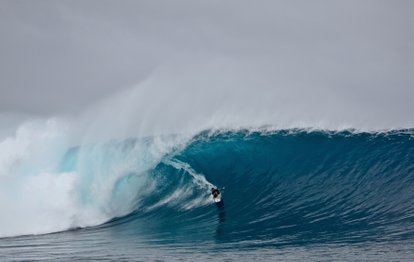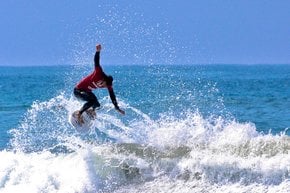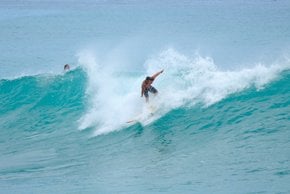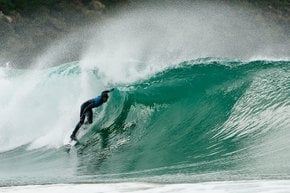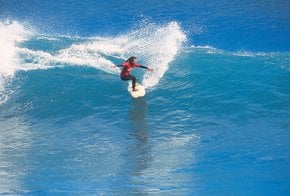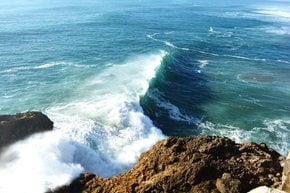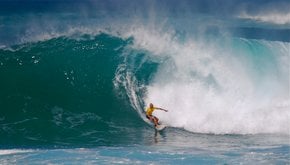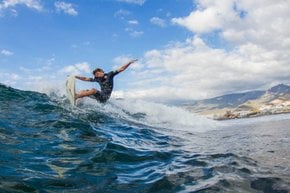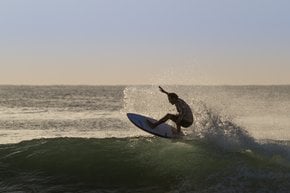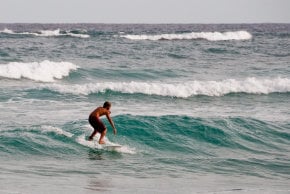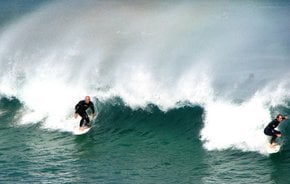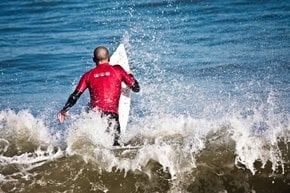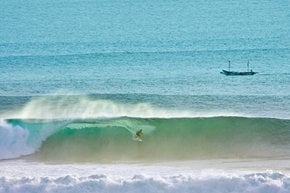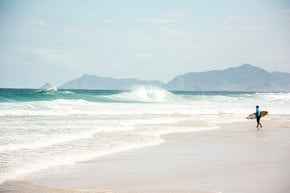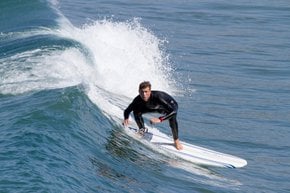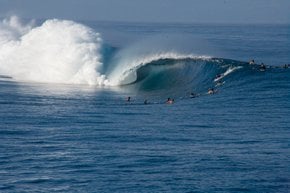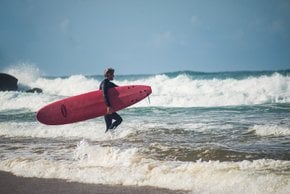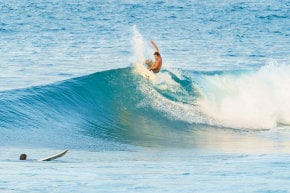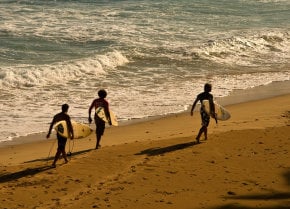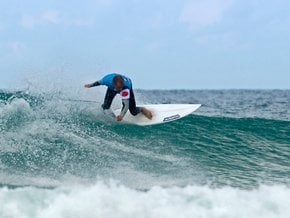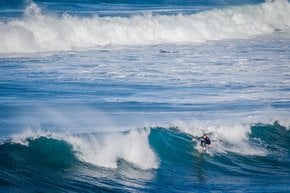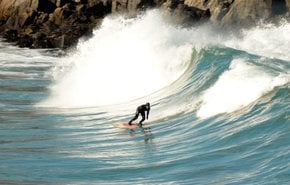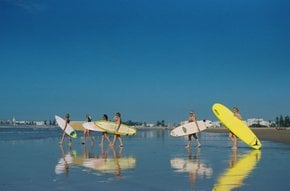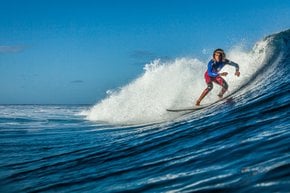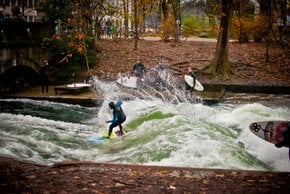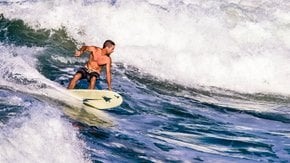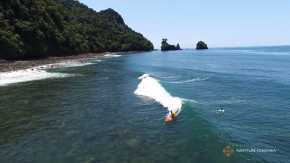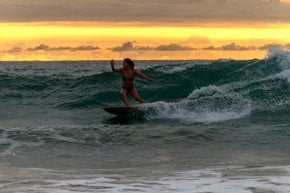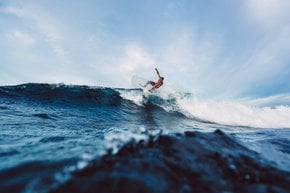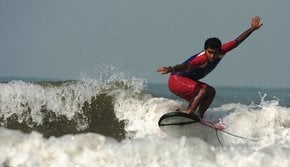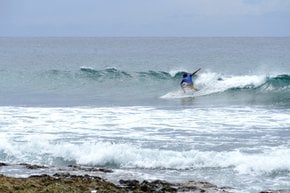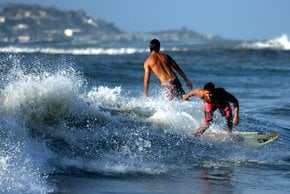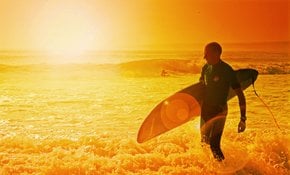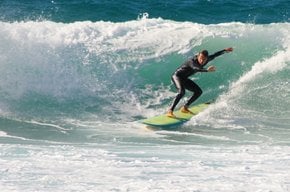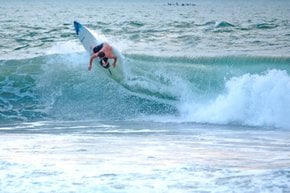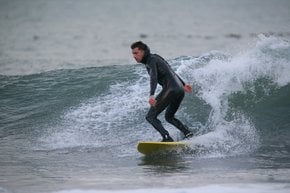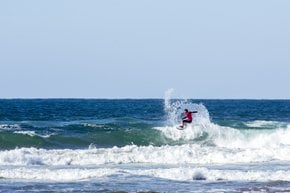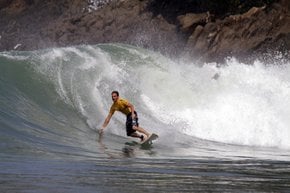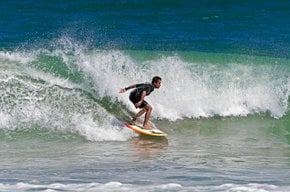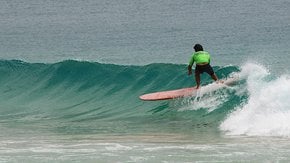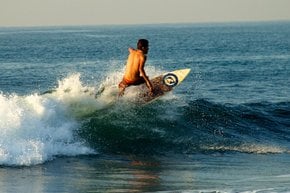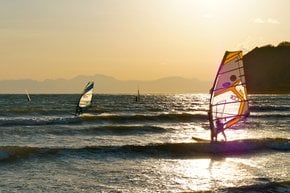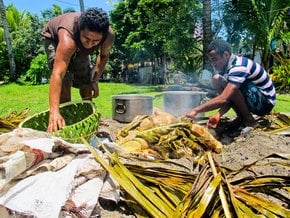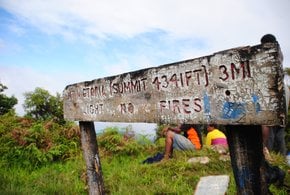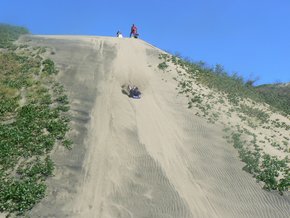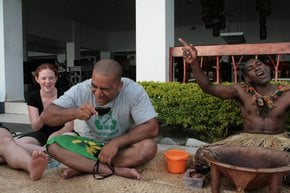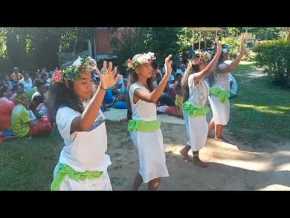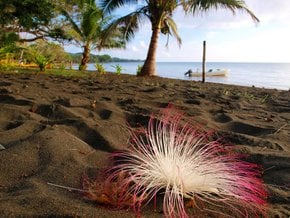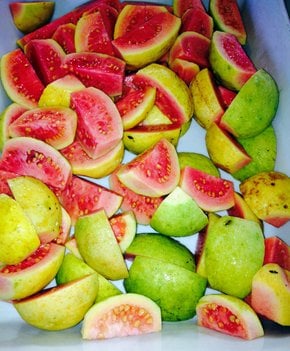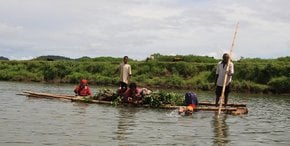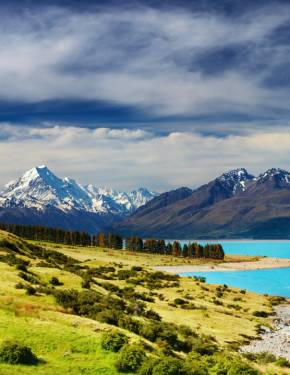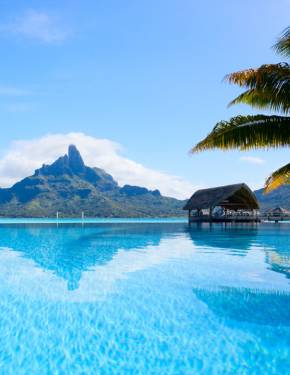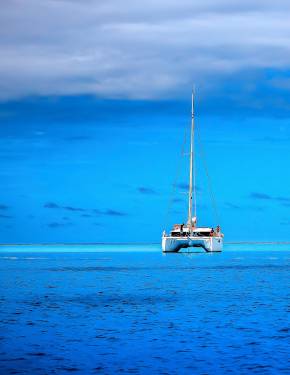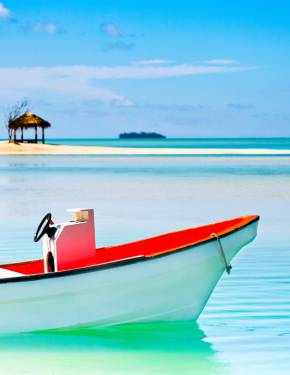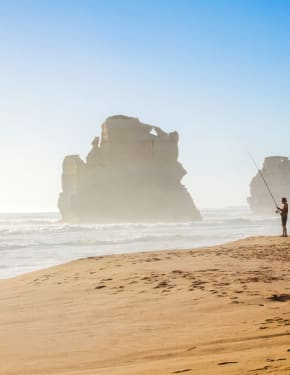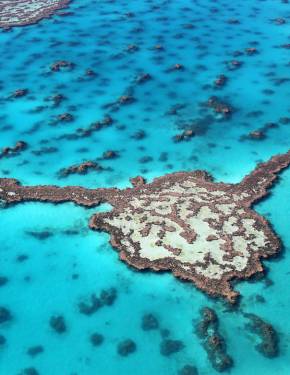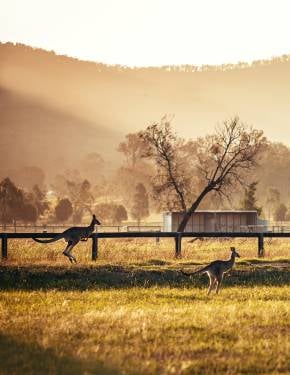Surfing in Fiji 2025-2026
Fiji has two surf seasons—one for advanced surfers, and the other one for the less experienced surfers
Best time: all year round
There are two surfing seasons in Fiji—winter (April–October) and summer (November–March). Winter is considered the best for experts, as during this season you can catch the biggest waves: strong winds blow from the south, bringing 2-3 (even 4-5) meter waves. Typically, only advanced surfers choose to ride during this period.
The warm summer season is more suitable for less experienced surfers to learn and train their skills. Winds calm down at this time causing shorter swells. The weather is rather warm. Though don't think that summer surfing in Fiji is very easy—in fact, a variety of swells differ from place to place. Check out the reefs surrounding Fiji and choose according to your skills and abilities.
You will find the most fabulous waves at Cloudbreak, Restaurants, and Frigates Pass.
Cloudbreak is situated on a sheltered reef, 3 mi (4.83 km) south of Namotu Island Resort. This world-class left reef pass is frequently voted one of the ten most or best challenging waves in the world. Like various tropical reef-pass breaks, Cloudbreak tends to get shallower, faster, and more critical as it goes.
Located southeast of Namotu Island Resort, Restaurants is right away from Tavarua Island. This spot is known as a surfer’s dream, and it is often called a ‘skate park’ in the water and “Cloudbreak’s Little Brother.” By all accounts, Restaurants is considered to be the best spot for surfing in Fiji, and it is accessible to a wide range of surfers. Restaurants boasts some of the most stunning waves you’ll find anywhere.
Being accessible by boat only, Frigates can compete with Cloudbreak for size, consistency, and power. It is a beautiful recommendation for experienced surfers with longer boards. They are essential for tackling strong off-shore winds and big drops.


